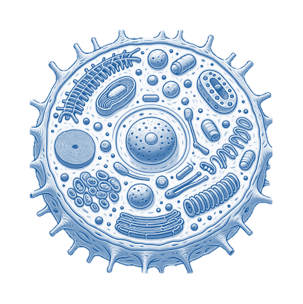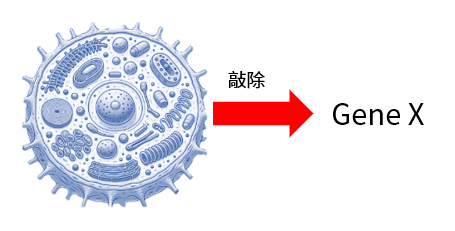-

MAGIC
MAGIC是指单基因敲除实现糖基化改变和免疫相容。
该靶点是通过基因编辑高通量筛选发现的蛋白酶基因。MAGIC 涉及单基因敲除,可充分发挥同种异体细胞疗法的潜力。
备注:
MAGIC: Monogenic knockout results in Altered Glycosylation and Immune Compatibility
-

全新靶点
- 敲除后可实现对T细胞和NK细胞的保护

MAGIC是指单基因敲除实现糖基化改变和免疫相容。
该靶点是通过基因编辑高通量筛选发现的蛋白酶基因。MAGIC 涉及单基因敲除,可充分发挥同种异体细胞疗法的潜力。
备注:
MAGIC: Monogenic knockout results in Altered Glycosylation and Immune Compatibility

- 敲除后可实现对T细胞和NK细胞的保护

